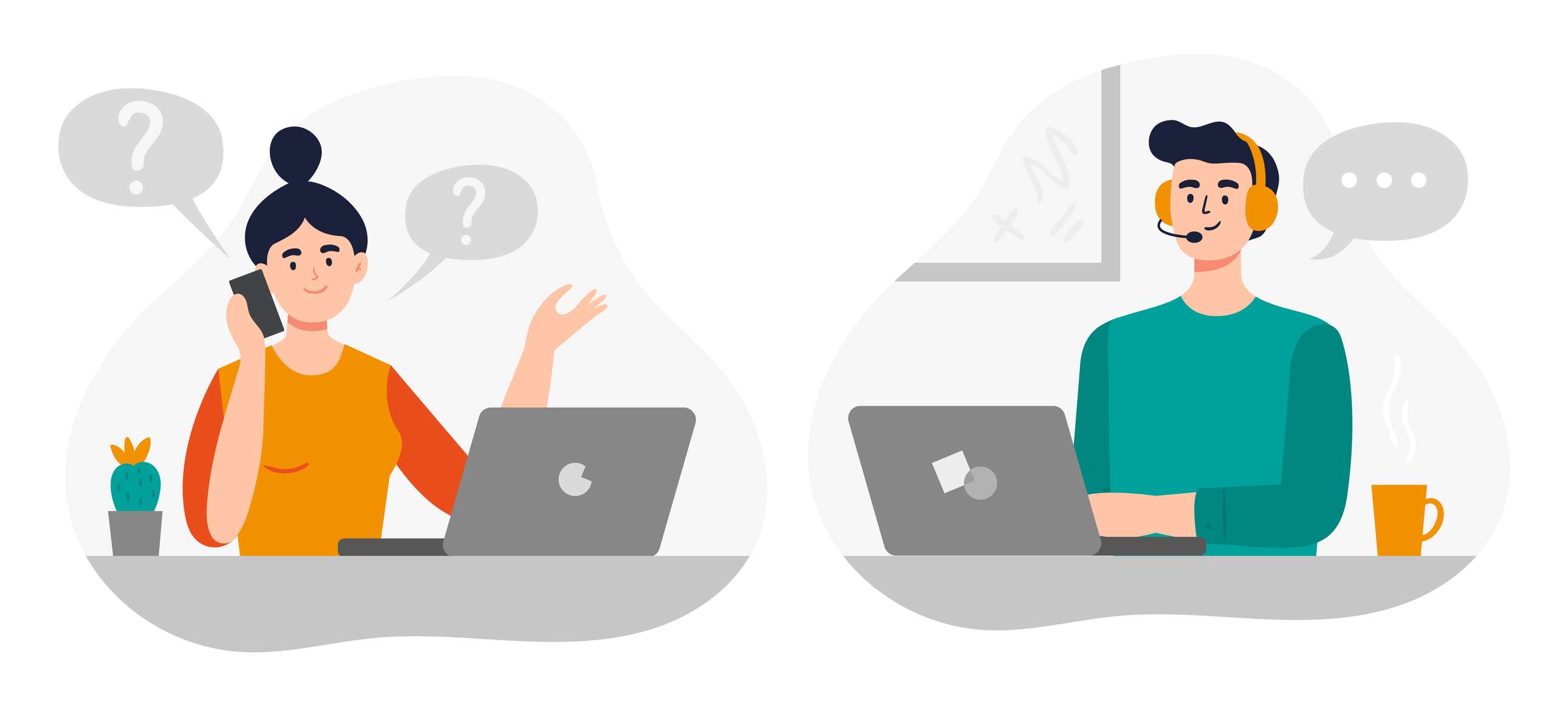Part 1: Ouch! Solve the pain caused by your current B2B customer support system.
 Has your Inbox screamed, “Enough!” because of all of the e-mails related to support tickets piled up? This is one of the top pain points reported by B2B customer support professionals, and this four-part blog series will explore how the right B2B customer support software will help you solve for all of them.
Has your Inbox screamed, “Enough!” because of all of the e-mails related to support tickets piled up? This is one of the top pain points reported by B2B customer support professionals, and this four-part blog series will explore how the right B2B customer support software will help you solve for all of them.
Let’s start with Part 1: Using a B2B help desk ticketing system powered by advanced technologies to resolve more tickets, shorten issue resolution time, and leave your inbox for email, not as a ticket management system.
Customize: Every B2B customer support team is different and serves different types of customer industries, so start with a solution that allows you to customize your ticket management pages. With a solution like TeamSupport, you have the capability to move and hide fields on your custom ticket management page with easy drag and drop functionality, decide what fields are visible and where they will reside on the ticket forms, how you will organize or prioritize your tickets, and how team members will get notified. All based on the types of tickets you typically receive.
Integrate: Even if e-mail is one of the channels by which you receive support tickets, the tickets shouldn’t stay there. Link your support email address with your B2B customer support solution and it will automatically generate a ticket in the system, so you don’t have to manually create it. Once the ticket is captured, agents can see everything they need—including conversation history— without bouncing back and forth between e-mails and the ticket management system.
Notify: Set your B2B customer support software to automatically notify the right person or people of every new customer inquiry / ticket. Maybe it’s the support triage person, a manager, or a group of people. You can also choose the cadence for when notifications are delivered, either immediately or at a delay that suits your business processes.
Prioritize: One common way to prioritize your customer support tickets is by urgency or severity. Use language that make it easy for your customers to know how to define levels of severity so everyone is on the same page. Using levels of urgency, such as “high,” “medium,” “low,” can be confusing to everyone. What might seem as a high level of urgency to one user (“I can’t reset my password”) may not be mission critical to the entire organization.
Instead use phrases like, “business cannot operate,” “only one user affected,” “I have a general question.” That will more clearly define the level of severity to both the customer and the support agent who fields the inquiry.
Set Reminders: Establish rules within your B2B customer support software solution to remind an agent to follow-up, when a ticket is pending a reply, and when an SLA (service level agreement) is in jeopardy. Again, this is a much more efficient and effective way to keep the ticket resolution process moving forward towards resolution than flagging e-mails in your inbox!
In the next three parts to this blog series we’ll address other pain points that a robust B2B customer support software solution solves for. Next in Part 2: Reducing Churn.




